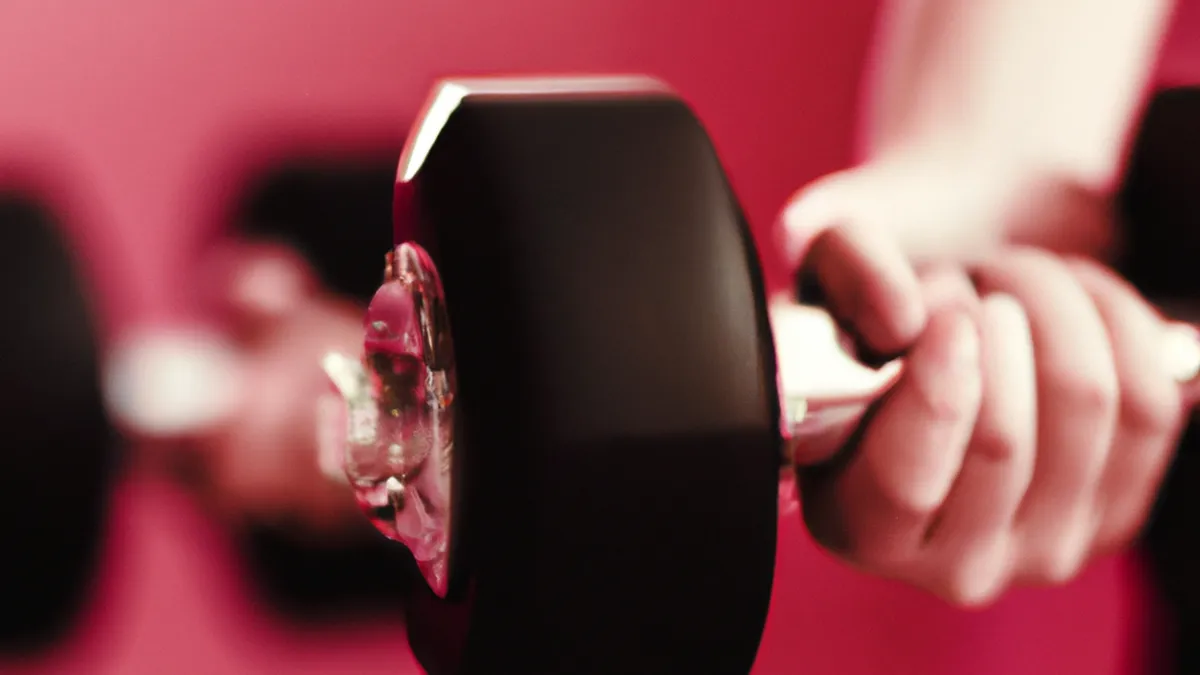Prep Your Body: 5 Key Warm-Up Exercises
Warm-Up Routines for Dumbbell WorkoutsWarming up plays a crucial role in strength training with dumbbells. A proper warm-up prepares your muscles and joints, enhances performance, and reduces injury risk. This guide outlines effective warm-up routines for dumbbell workouts and explains each component’s purpose. Let’s optimize your warm-up for maximum benefit!
Why Warm Up?
Warming up boosts blood flow and raises your heart rate. This change ensures your muscles receive enough oxygen and nutrients. Additionally, a good warm-up improves flexibility and range of motion. It also prepares your nervous system for your workout’s demands. Use this time to shift your focus from daily distractions to your fitness goals.
The Science Behind Warming Up
During physical activity, your heart rate rises, muscles warm up, and synovial fluid in your joints thickens. These changes promote smoother movement and minimize injury risks. Research shows that skipping a warm-up increases muscle stiffness, leading to injuries and decreased performance.
Key Components of a Warm-Up
As an Amazon Associate I earn from qualifying purchases.
Gear tip: consider dumbbells, stretching strap, and yoga blocks to support this topic.
A well-rounded warm-up includes three main components: cardiovascular activity, dynamic stretching, and specific warm-up sets. Each element prepares your body for a successful workout.
1. Cardiovascular Activity
Start your warm-up with light cardiovascular exercises lasting 5–10 minutes. Examples include:- **Jogging in Place**: This simple exercise raises your heart rate and warms up your lower body.- **Jumping Jacks**: This full-body movement increases circulation and engages multiple muscle groups.- **High Knees or Butt Kickers**: These elevate your heart rate while activating your legs and core.Aim to increase your heart rate and warm up your muscles for the upcoming resistance training.
2. Dynamic Stretching
After cardiovascular warm-up, include dynamic stretching. Unlike static stretches, dynamic stretches involve active movements that mimic your workout. Consider these:- **Arm Circles**: Stand tall, extend your arms, and make small circles, gradually increasing size to warm up your shoulders.- **Leg Swings**: Hold onto a wall for balance and swing one leg forward and backward to activate your hip flexors and hamstrings.- **Torso Twists**: Stand with feet shoulder-width apart and twist your torso side to side to loosen your spine.
Conclusion
In summary, warming up effectively enhances your workout performance and minimizes injury risks. Incorporate cardiovascular activities and dynamic stretching into your routine for optimal results.
Below are related products based on this post:
FAQ
Why is warming up important for dumbbell workouts?
Warming up is crucial as it prepares your muscles and joints, enhances performance, and reduces the risk of injury. It boosts blood flow, raises your heart rate, and ensures your body is ready for the demands of strength training.
What are the key components of a warm-up?
A well-rounded warm-up consists of three main components: cardiovascular activity, dynamic stretching, and specific warm-up sets. Each of these elements plays a vital role in preparing your body for a successful workout.
What types of cardiovascular activities can I include in my warm-up?
Effective cardiovascular activities include jogging in place, jumping jacks, and high knees or butt kickers. These exercises help elevate your heart rate and warm up your muscles, setting the stage for your resistance training.















Post Comment